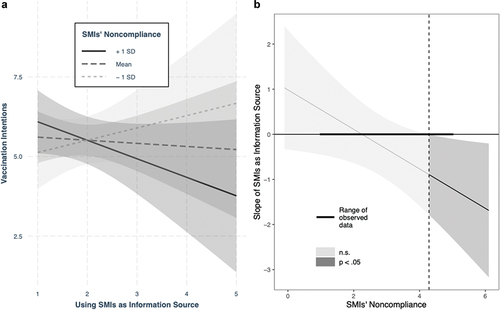Figures & data
Figure 1. Hypothesized model.
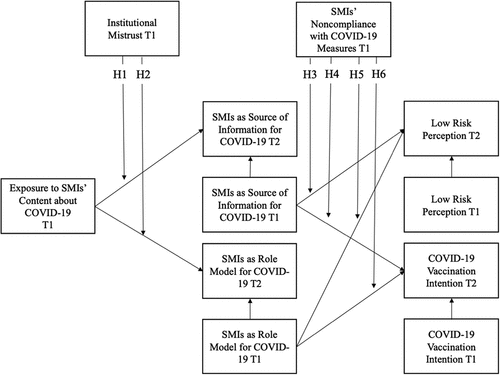
Figure 2. Results of hypothesized relationships.
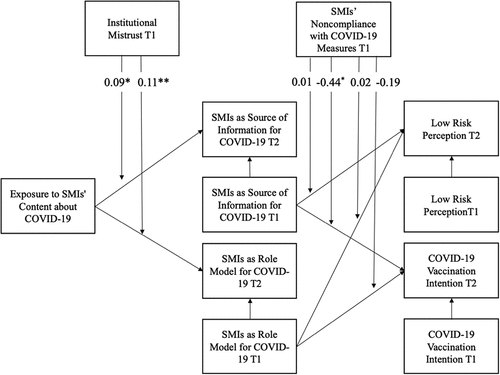
Figure 3. Effect of exposure to SMIs’ COVID-19 content (T1) on the importance of SMIs as information source (T2) moderated by institutional mistrust (T1).
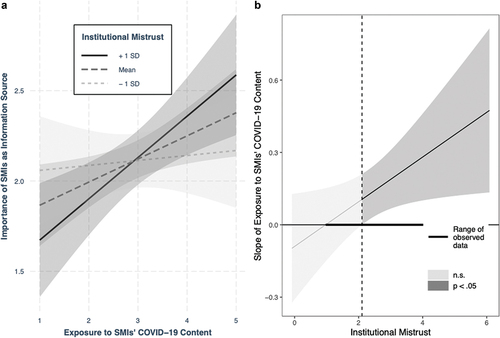
Table 1. Results of autoregressive stepwise multiple regression models.
Figure 4. Effect of exposure to SMIs’ COVID-19 content (T1) on the perception of SMIs as role model (T2) moderated by institutional mistrust (T1).
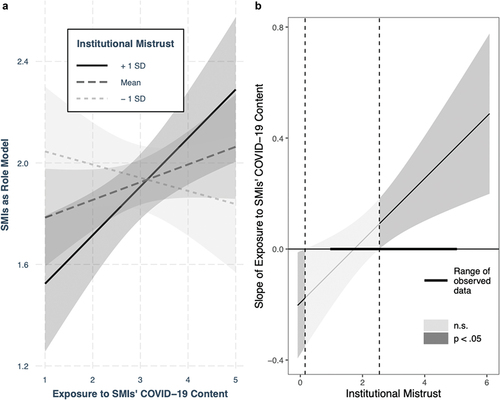
Figure 5. Effect of perceiving SMIs as information source about COVID-19 (T1) on vaccination intentions (T2) moderated by SMIs’ noncompliance (T1).
